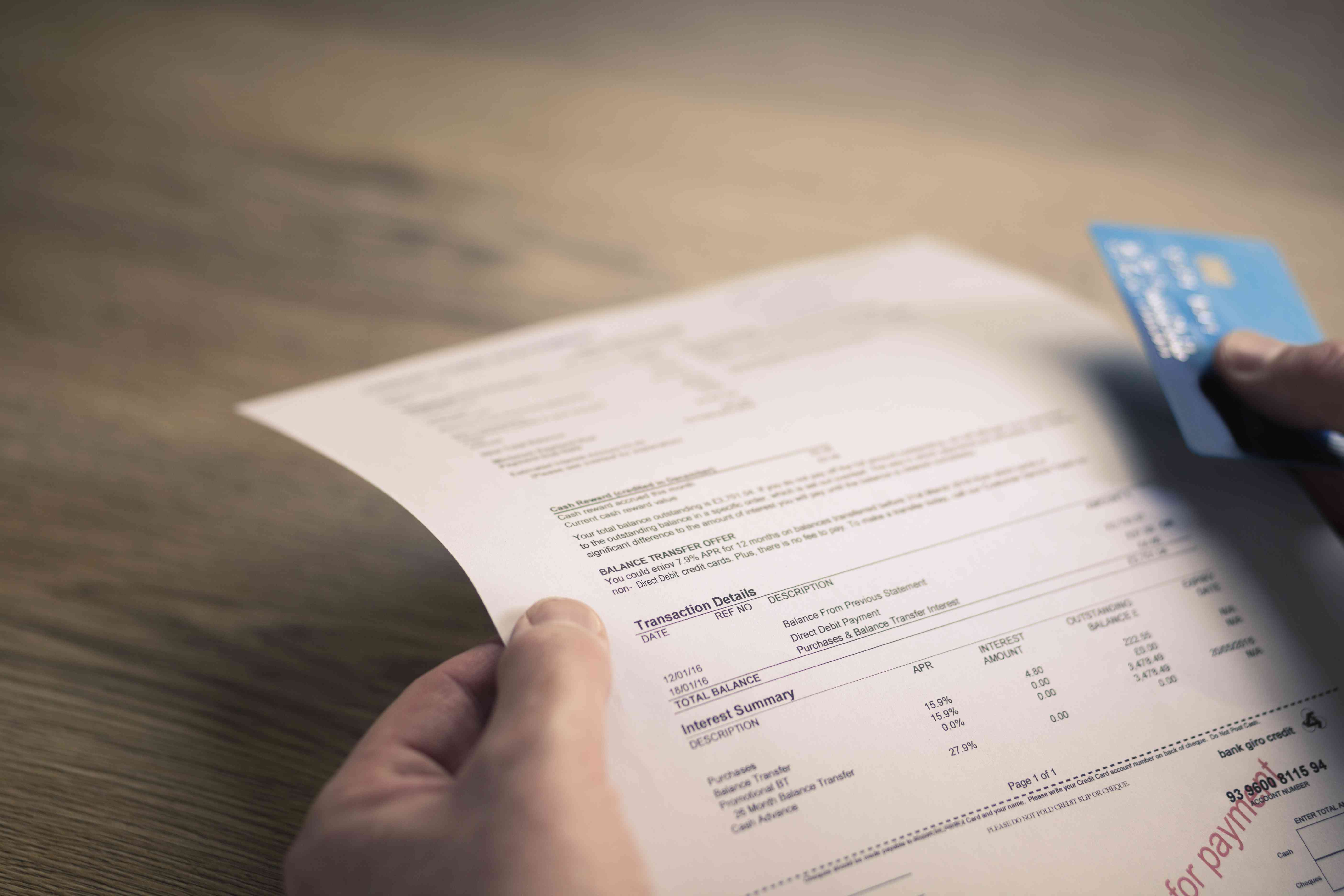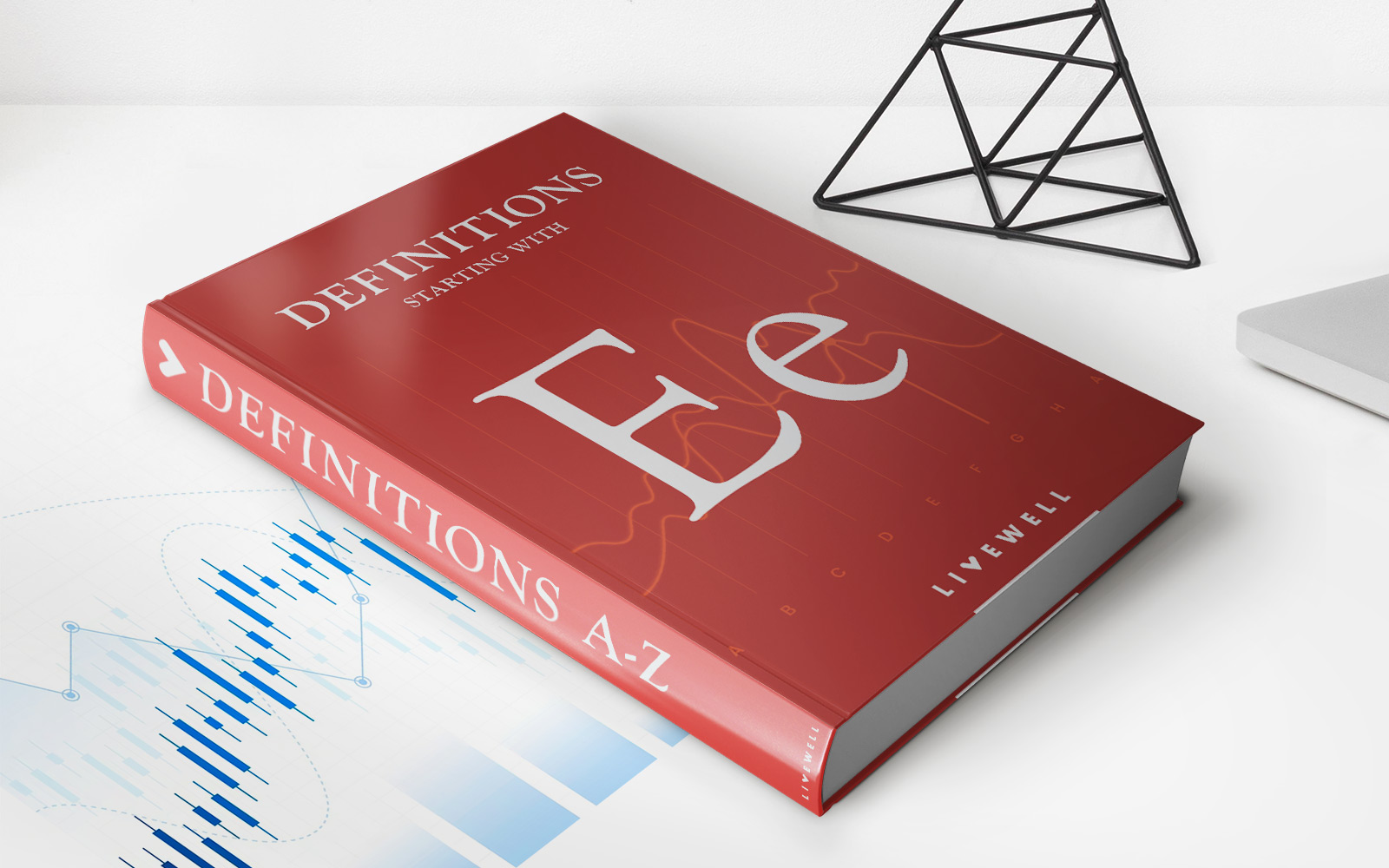Home>Finance>What Is The Minimum Payment For Student Loan Repayment


Finance
What Is The Minimum Payment For Student Loan Repayment
Published: February 26, 2024
Learn about the minimum payment for student loan repayment and manage your finances effectively. Get expert advice on student loan payments and finance.
(Many of the links in this article redirect to a specific reviewed product. Your purchase of these products through affiliate links helps to generate commission for LiveWell, at no extra cost. Learn more)
Table of Contents
Introduction
Student loans are a common financial aid option for many individuals pursuing higher education. While these loans provide the means to afford college, they also come with the responsibility of repayment. Understanding the minimum payment for student loan repayment is crucial for borrowers to manage their finances effectively and avoid potential financial pitfalls.
Navigating the complexities of student loan repayment can be daunting, especially for recent graduates entering the workforce. The minimum payment requirement is a key aspect of this process, as it directly impacts a borrower's monthly budget and overall financial stability. By gaining insight into the minimum payment for student loan repayment, borrowers can make informed decisions and develop effective strategies for managing their debt.
In this article, we will delve into the intricacies of student loan repayment, focusing on the minimum payment requirements and the factors that influence them. By exploring this topic in detail, borrowers can gain a comprehensive understanding of their financial obligations and proactively plan for successful loan repayment. Additionally, we will provide valuable tips for managing student loan repayment effectively, empowering borrowers to take control of their financial future and achieve long-term stability.
Understanding Student Loan Repayment
Student loan repayment refers to the process of repaying the borrowed funds, typically following the completion of a degree program or when the borrower is no longer enrolled in school on at least a half-time basis. It is essential for borrowers to comprehend the terms of their student loans, including the repayment schedule, interest rates, and minimum payment requirements. This understanding enables borrowers to effectively manage their finances and fulfill their repayment obligations.
Upon entering the repayment phase, borrowers are required to make regular payments towards their student loans. These payments contribute to reducing the outstanding balance and covering the accrued interest. It is important for borrowers to stay informed about their repayment status, including the total amount owed, the interest rates applied, and the expected duration of repayment.
Student loan repayment options may vary based on the type of loan, with federal and private loans offering different terms and conditions. Federal loans often provide more flexibility, offering income-driven repayment plans and potential eligibility for loan forgiveness programs. On the other hand, private loans may have stricter repayment terms, requiring borrowers to adhere to the specific guidelines outlined in the loan agreement.
Understanding the nuances of student loan repayment empowers borrowers to make informed decisions regarding their financial commitments. By familiarizing themselves with the terms and conditions of their loans, borrowers can proactively manage their repayment process and explore available options for optimizing their repayment strategy.
Minimum Payment Requirements
The minimum payment for student loan repayment represents the lowest amount that a borrower must pay each month to fulfill their loan obligations. This minimum payment is determined by various factors, including the total loan amount, interest rates, and the chosen repayment plan. It is crucial for borrowers to understand the minimum payment requirement, as failing to meet this obligation can result in financial penalties and adverse effects on credit scores.
For federal student loans, the minimum payment is calculated based on the chosen repayment plan. Standard repayment plans typically require fixed monthly payments over a set period, ensuring that the loan is fully repaid within a specific timeframe. Income-driven repayment plans, on the other hand, adjust the minimum payment based on the borrower’s income and family size, making the repayment more manageable for individuals facing financial challenges.
Private student loans may have varying minimum payment requirements, depending on the terms established by the lending institution. These requirements are outlined in the loan agreement and may differ from federal loan repayment terms. It is essential for borrowers to review and understand the minimum payment obligations associated with their private loans to avoid any potential issues.
Meeting the minimum payment requirement is essential for maintaining good standing with loan servicers and preventing delinquency or default. Borrowers should prioritize fulfilling this obligation each month, allocating the necessary funds within their budget to cover the minimum payment. Additionally, borrowers can explore options to increase their payments beyond the minimum requirement, accelerating the repayment process and reducing the overall interest accrued.
Understanding the minimum payment requirements for student loan repayment is fundamental for borrowers to effectively manage their financial responsibilities and maintain a positive repayment status. By staying informed about the minimum payment obligations and adhering to them consistently, borrowers can progress towards successful loan repayment and financial freedom.
Factors Affecting Minimum Payment
The minimum payment for student loan repayment is influenced by several key factors that play a significant role in determining the monthly obligation for borrowers. Understanding these factors is essential for borrowers to comprehend the dynamics of their repayment plans and make informed decisions regarding their financial commitments.
- Total Loan Amount: The total amount borrowed directly impacts the minimum payment requirement. A higher loan amount typically results in a higher minimum monthly payment, reflecting the need to gradually repay the borrowed funds over the designated loan term.
- Interest Rates: The interest rates applied to student loans directly affect the minimum payment. Higher interest rates result in increased monthly payments, as a larger portion of the payment goes towards covering the accruing interest, particularly in the early stages of repayment.
- Repayment Plan: The chosen repayment plan, whether standard, income-driven, or other variations, significantly influences the minimum payment requirement. Different plans offer varying structures for calculating the minimum payment, providing flexibility based on the borrower’s financial circumstances.
- Loan Term: The duration of the loan term, which may vary based on the chosen repayment plan and loan type, impacts the minimum payment. Shorter loan terms often result in higher monthly payments, as the borrowed amount is repaid over a compressed timeframe.
- Outstanding Balance: The remaining balance on the loan affects the minimum payment requirement. As the outstanding balance decreases over time through regular payments, the minimum payment may be adjusted to reflect the reduced principal amount.
These factors collectively contribute to the determination of the minimum payment for student loan repayment, shaping the financial obligations that borrowers must fulfill each month. By recognizing the impact of these factors, borrowers can gain insight into the dynamics of their repayment plans and strategize effectively to manage their student loan debt.
Tips for Managing Student Loan Repayment
Effectively managing student loan repayment is essential for borrowers to navigate their financial obligations with confidence and foresight. By implementing strategic approaches and proactive measures, individuals can streamline their repayment process and work towards achieving financial stability. The following tips offer valuable guidance for managing student loan repayment:
- Understand Your Repayment Options: Familiarize yourself with the various repayment plans available for student loans, including standard, income-driven, and graduated plans. Assess the eligibility criteria and benefits of each plan to determine the most suitable option based on your financial circumstances.
- Create a Realistic Budget: Develop a comprehensive budget that prioritizes your student loan payments while accounting for essential living expenses and other financial commitments. By allocating funds specifically for loan repayment, you can ensure consistent and timely payments.
- Explore Loan Forgiveness Programs: Investigate potential eligibility for loan forgiveness programs, especially for federal student loans. Certain professions and public service roles may qualify for loan forgiveness, providing a strategic avenue for managing and reducing student loan debt.
- Consider Refinancing or Consolidation: Evaluate the option of refinancing or consolidating your student loans to potentially secure a lower interest rate and simplify your repayment process. This approach can lead to more manageable monthly payments and long-term savings on interest.
- Communicate with Your Loan Servicer: Maintain open communication with your loan servicer to address any concerns or challenges related to your student loan repayment. Seek guidance on available resources, repayment assistance programs, and options for temporary relief if facing financial hardship.
- Prioritize High-Interest Loans: If you have multiple student loans, prioritize paying off those with the highest interest rates. By focusing on high-interest loans, you can minimize the overall interest accrued and expedite your journey towards debt freedom.
- Utilize Windfalls Wisely: If you receive unexpected financial windfalls, such as bonuses or tax refunds, consider allocating a portion of these funds towards accelerating your student loan repayment. This strategic approach can significantly reduce your outstanding balance.
- Stay Informed About Assistance Programs: Stay updated on potential assistance programs, incentives, or changes in student loan policies that may benefit your repayment journey. Being informed allows you to leverage available opportunities for financial relief or enhanced repayment terms.
By implementing these tips and actively engaging in the management of student loan repayment, borrowers can navigate the process with greater confidence and effectiveness, ultimately working towards financial freedom and long-term prosperity.
Conclusion
Understanding the minimum payment for student loan repayment is fundamental for borrowers to navigate their financial responsibilities with clarity and confidence. By delving into the intricacies of student loan repayment and the factors influencing minimum payments, individuals can gain valuable insights into managing their debt effectively. It is essential for borrowers to comprehend the impact of total loan amounts, interest rates, and repayment plans on the determination of minimum payments, empowering them to make informed decisions regarding their financial commitments.
Moreover, by embracing strategic approaches and proactive measures, such as exploring repayment options, creating realistic budgets, and prioritizing high-interest loans, borrowers can proactively manage their student loan repayment journey. Open communication with loan servicers and staying informed about potential assistance programs further enhances borrowers’ ability to navigate the complexities of student loan repayment with confidence and foresight.
Ultimately, the management of student loan repayment is a pivotal aspect of achieving financial stability and long-term prosperity. By implementing the tips provided and leveraging available resources, borrowers can work towards reducing their student loan debt, optimizing their repayment strategy, and progressing towards a future free from the burden of student loans. Empowered with knowledge and strategic insights, borrowers can embark on a journey towards financial freedom, equipped to overcome challenges and embrace opportunities for long-term financial well-being.














